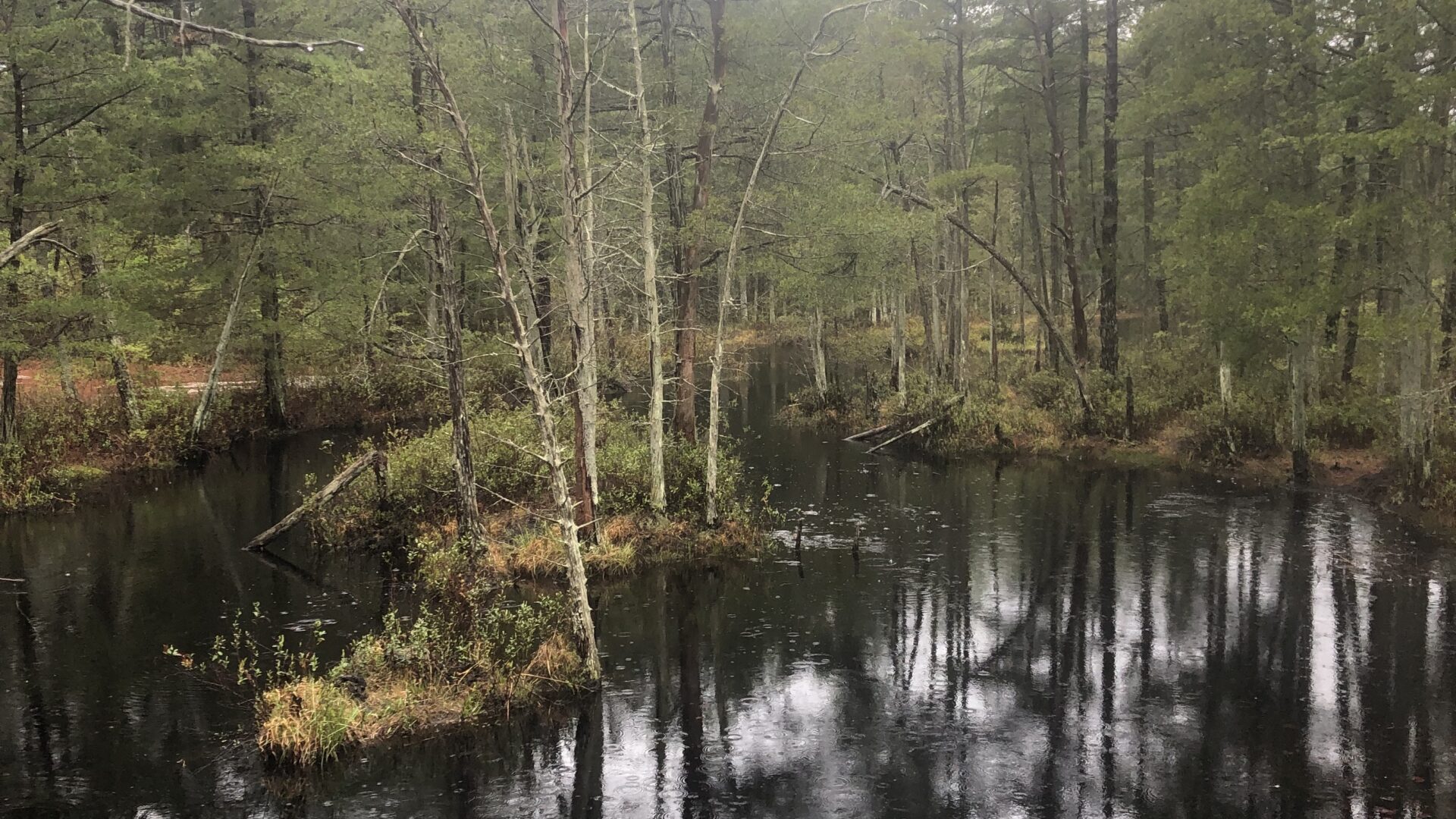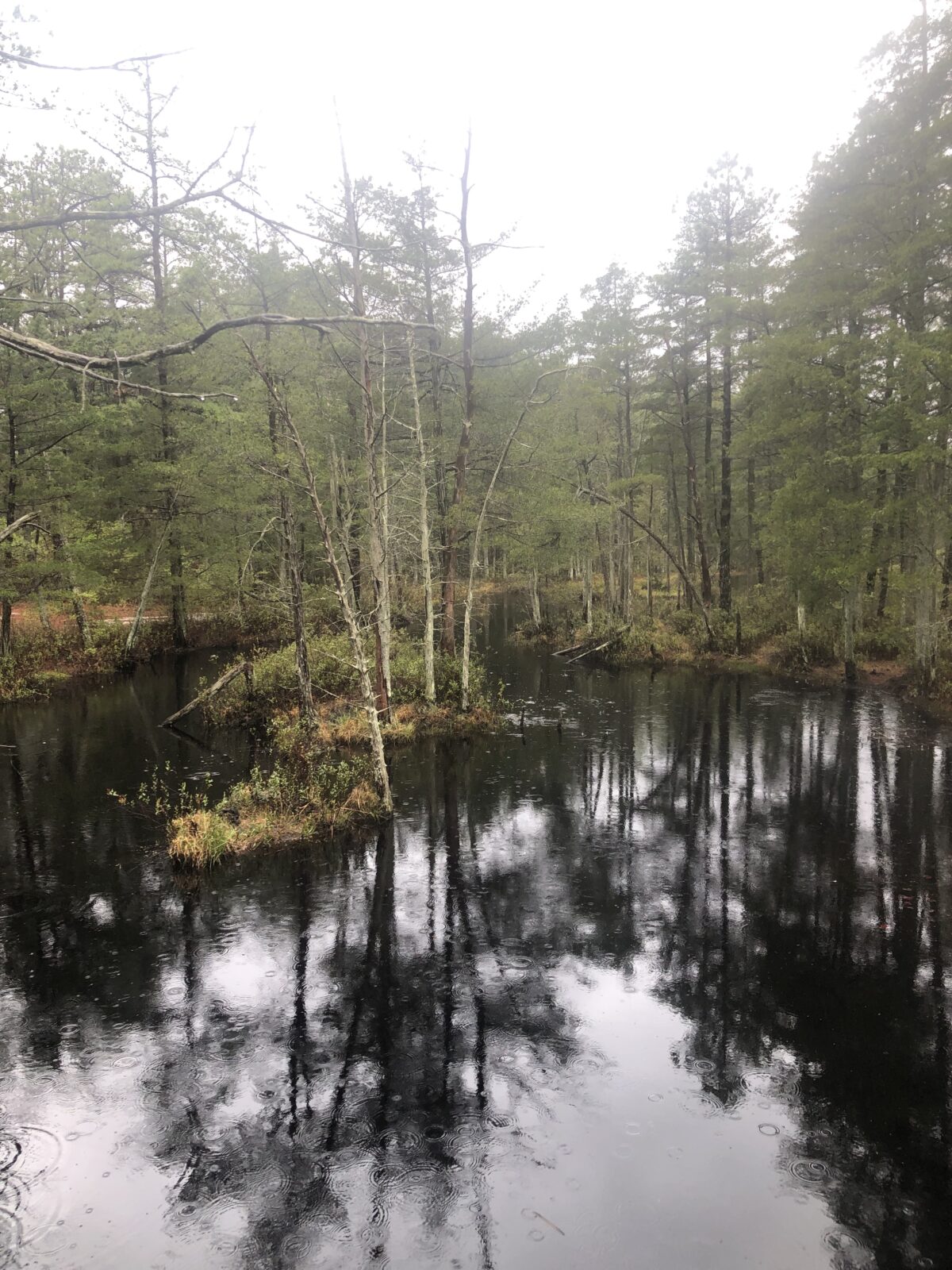New Jersey Pinelands National Reserve
Tucked up against the Jersey shore and bustling Atlantic City, New Jersey Pinelands National Reserve encompasses 1.1 million acres. That is 22% of New Jersey’s entire land area. This was the first National Reserve, declared by Congress in 1978 to protect this ecologically sensitive area from development. Over 53% of the land within the Pinelands National Preserve is permanently protected.
Unlike many of national units, Pinelands is made up of state parks, private land, forest service, wildlife refuges, wetlands and military installations. In fact, there are 56 communities within the reserve with over 700,000 people living there.
But even though Pinelands is in one of the most populated regions of the country, once you are out in the forest, you would never know it. Pinelands is a vast area, covered in pitch pine, oak and Atlantic white cedar, opening up only to reveal cranberry bogs. 35% of the reserve is wetlands – streams, bogs and swamps. Water filters through these bogs into the ecosystem, providing fresh, clean water.
Things to See and Do
There is so much to see across such a huge area, that it is almost impossible to visit it all. We chose four key areas:
1. Great Egg Harbor National Scenic and Recreational River – This entire river and its tributaries are within the reserve, offering canoeing, kayaking, fishing, picnicking, swimming, camping and lots of bird watching. We did a canoe trip (see our previous blog for details.)
2. Batsto Village – This historic village once housed over 700 people. It began mining bog iron from the banks of the stream and then forging them into household items. During the revolutionary war, forges transitioned to making supplies for the continental army. Later for the war of 1812, they supplied the war effort including cannonballs.
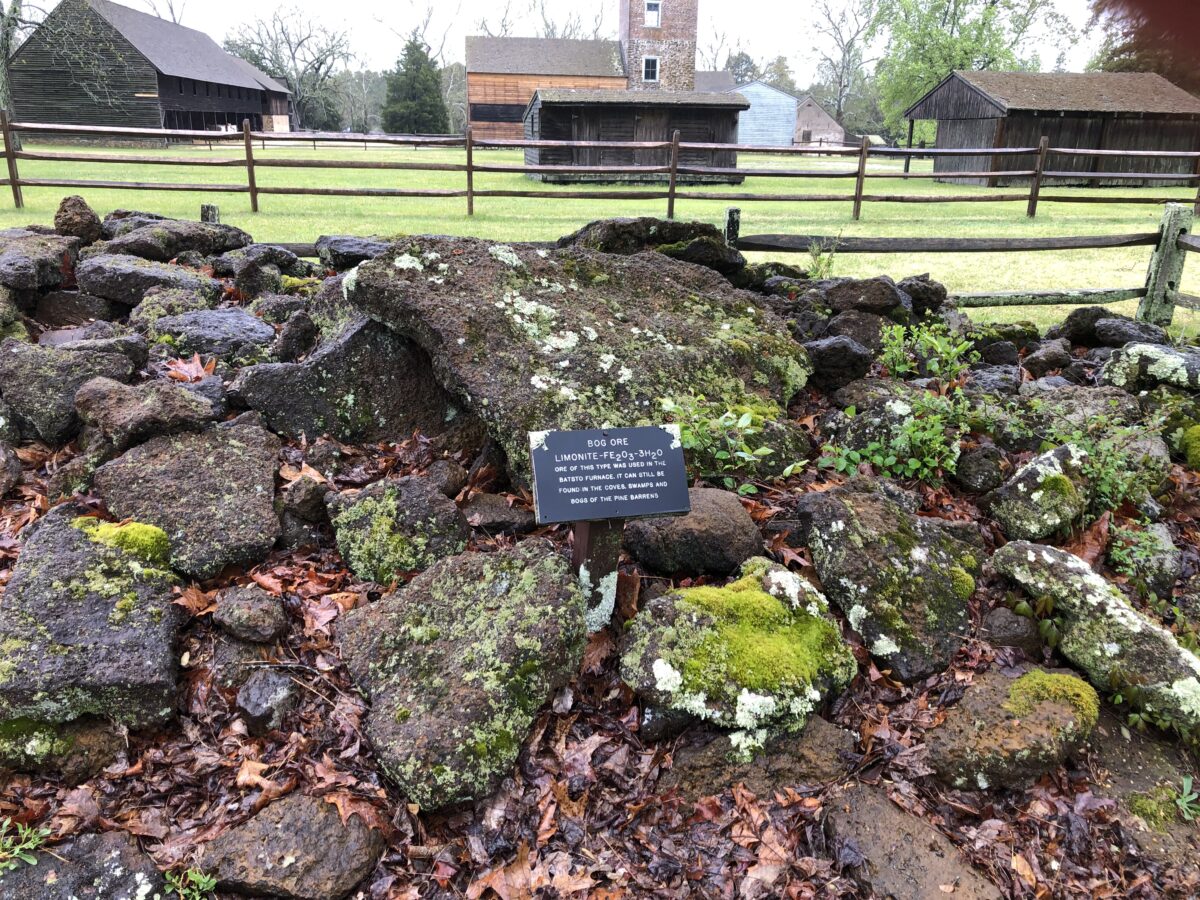
When you walk around the old village, you can see the worker housing and general store. It was a true “company-town” where workers were paid in company credit that they used to pay for their housing and buy goods at the general store.
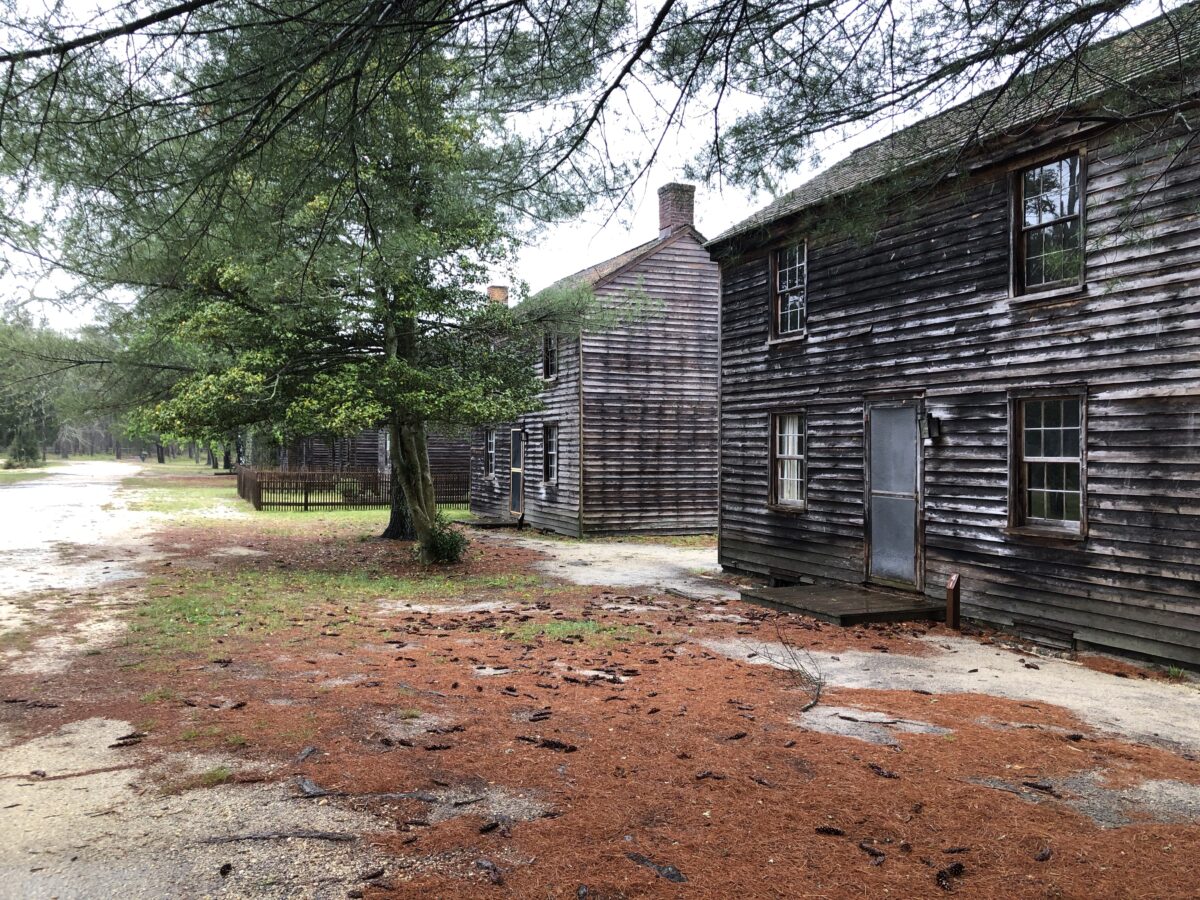
After the war, the technology became dated and the area began a slow decline. There was an attempt to transition to glassmaking, but repeated fires caused that to fail decreasing the value of the property.
Joseph Wharton of Bethlehem Steel bought the home and 100,000 acres in 1876 for $14,000 (about $375,000 in today’s money). Then he spent $40,000 to renovate the home; building a 32 room mansion complete with running water and central heat. They set up the home to have gas lighting, but it turned out to not be possible in this remote location, so they relied on large windows to provide natural light.
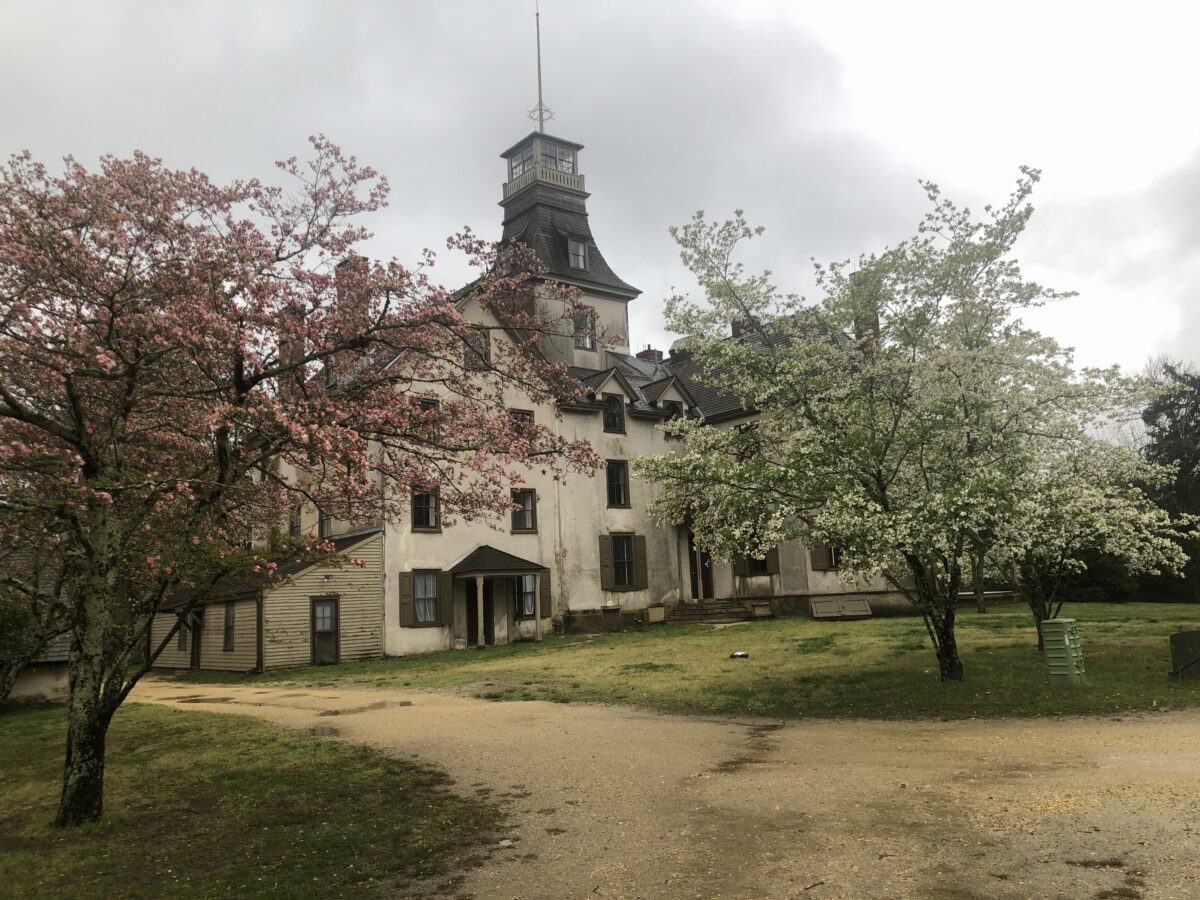
Six stories up was a bell tower; not only important to the Italianate design but also a fire tower. The ranger said that from there, someone on watch could see as far as Philadelphia on one side and Atlantic City on the other, ensuring early warning of any approaching wildfires.
The location is gorgeous; on the banks of a river and surrounded by the pine forests. Unfortunately Wharton’s wife didn’t like spending time there, preferring their home in Philadelphia over life in the mosquito filled countryside. They spend only a few weeks a year there but had a full time manager who supervised the operations. Wharton had transitioned from the forge to a sawmill, piggery, farm and commercial cranberries.
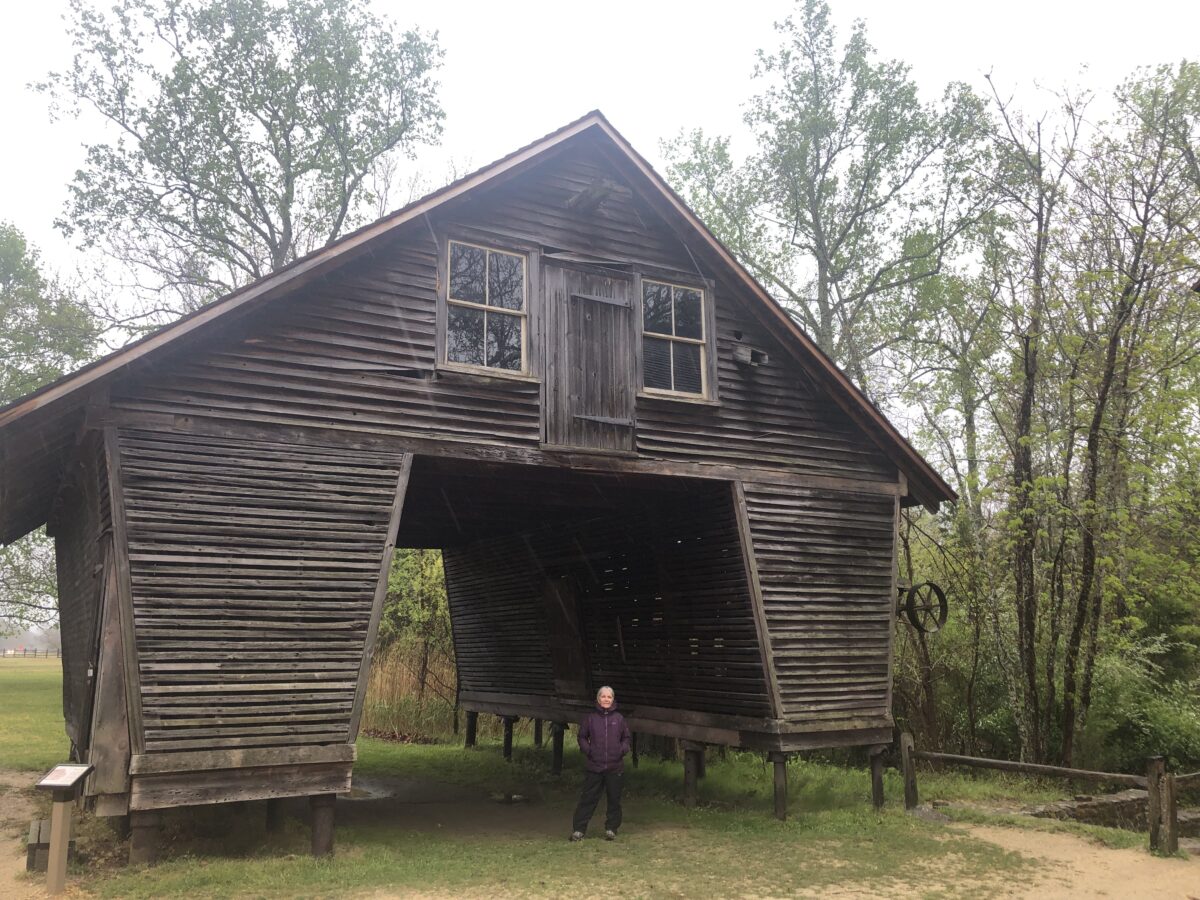
One thing he tried to do was leverage all the water he had on his extensive property to provide clean water to Philadelphia and the surrounding area. He designed on paper a complete distribution system, but then the New Jersey legislature shot him down, making it illegal to ship water across state lines. Perhaps these were early environmentalists?
This property was sold to the state in the mid-1950’s. Today it is Wharton State Forest.
3. Wharton State Forest – A visit to Batsto would not be complete without at least a short outing in Wharton State Forest. There are over 500 miles of sand roads plus maintained trails for hiking, biking, horseback riding and exploring. From the historic village you can access the Batona Trail – a 50 mile trail that meanders through the Pinelands.
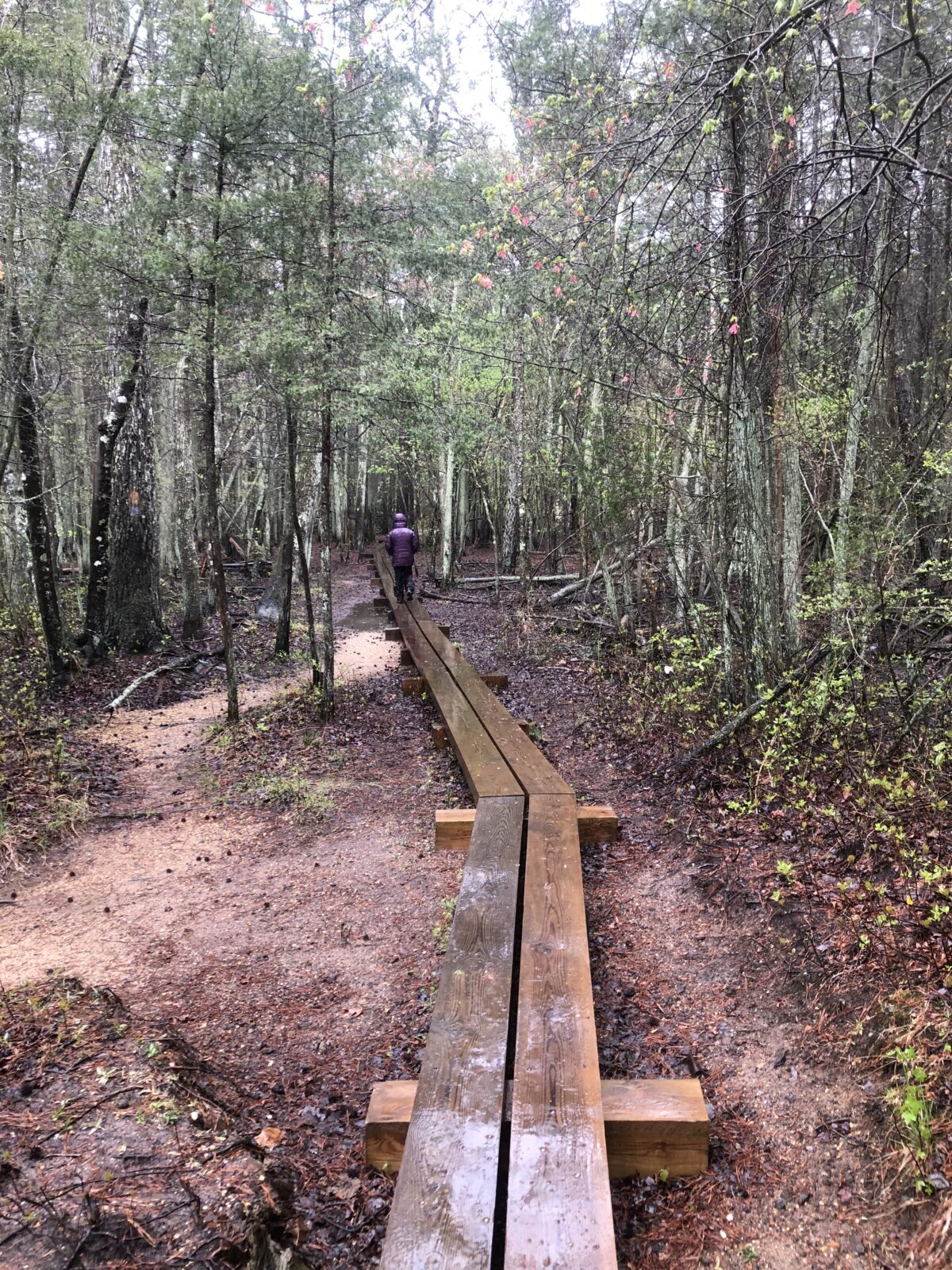
4. Warren E. Fox Nature Center at Estell Manor State Park – If you are looking for a National Park passport stamp, you will want to drop by the Warren E. Fox Nature Center at Estell Manor State Park. There are 27 miles of hiking trails there (we talked about the boardwalk trail in our last blog). Plus there are picnic areas, campgrounds and boating.
Cape May
Although not technically part of Pinelands, a visit to the New Jersey shore would not be complete without taking the drive out to Cape May. The Cape has a beautiful deserted beach for walking. Where Delaware Bay meets the Atlantic Ocean, we saw porpoises offshore fishing; watched osprey’s diving and catching fish to take back to their families; and saw tons of birds – terns, laughing gulls, cormorants, oyster catchers and other shorebirds.
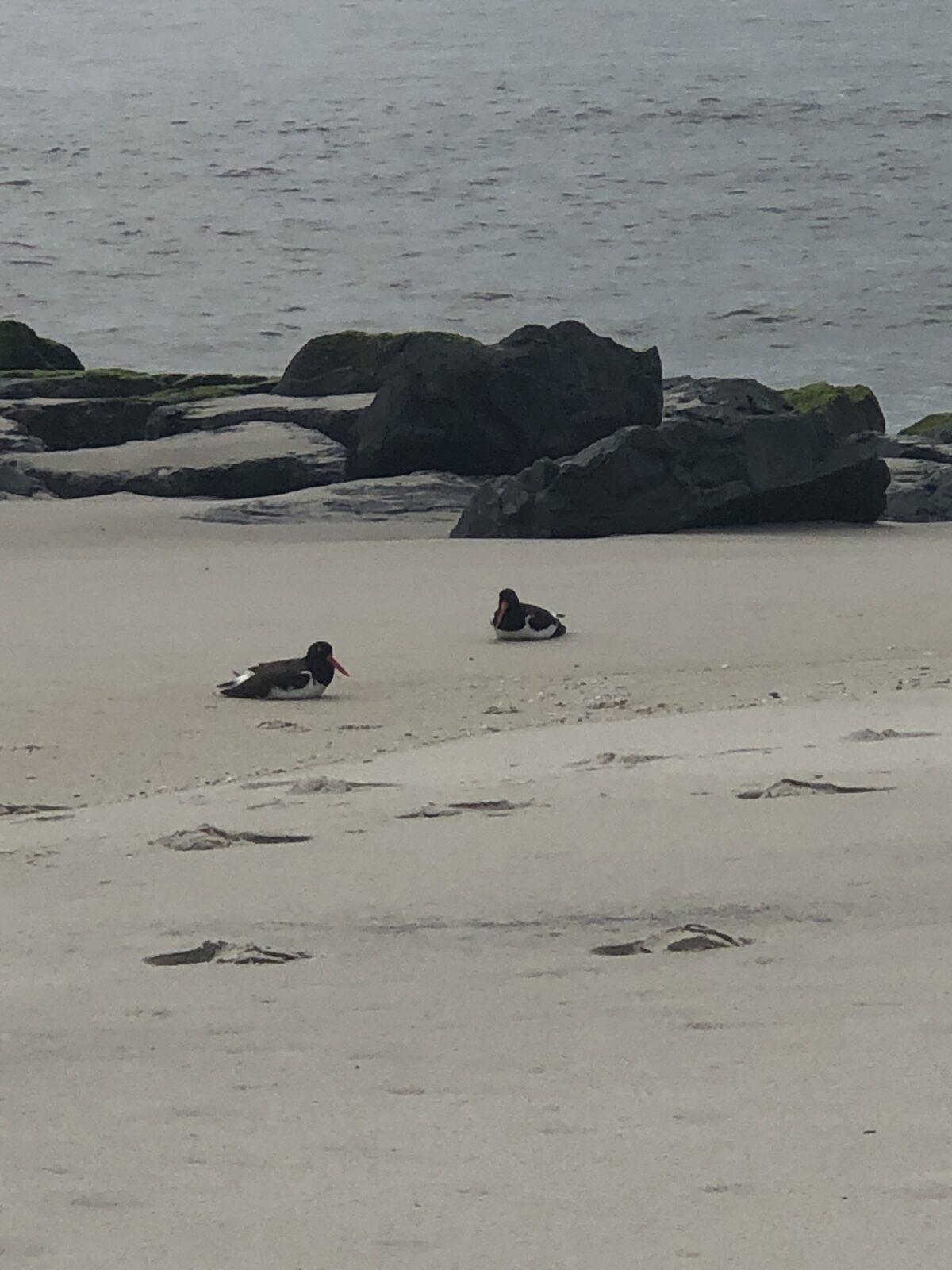
We also enjoyed a walk through Cape May Point State Park. This is a birdwatchers paradise. There are areas on the beach cordoned off for migrating birds to nest, with loudspeakers playing bird noises to attract them. Walk the nature trail inland and you will pass ponds with several species of waterfowl. We saw mute swans (the big white ones) sitting on their nests.
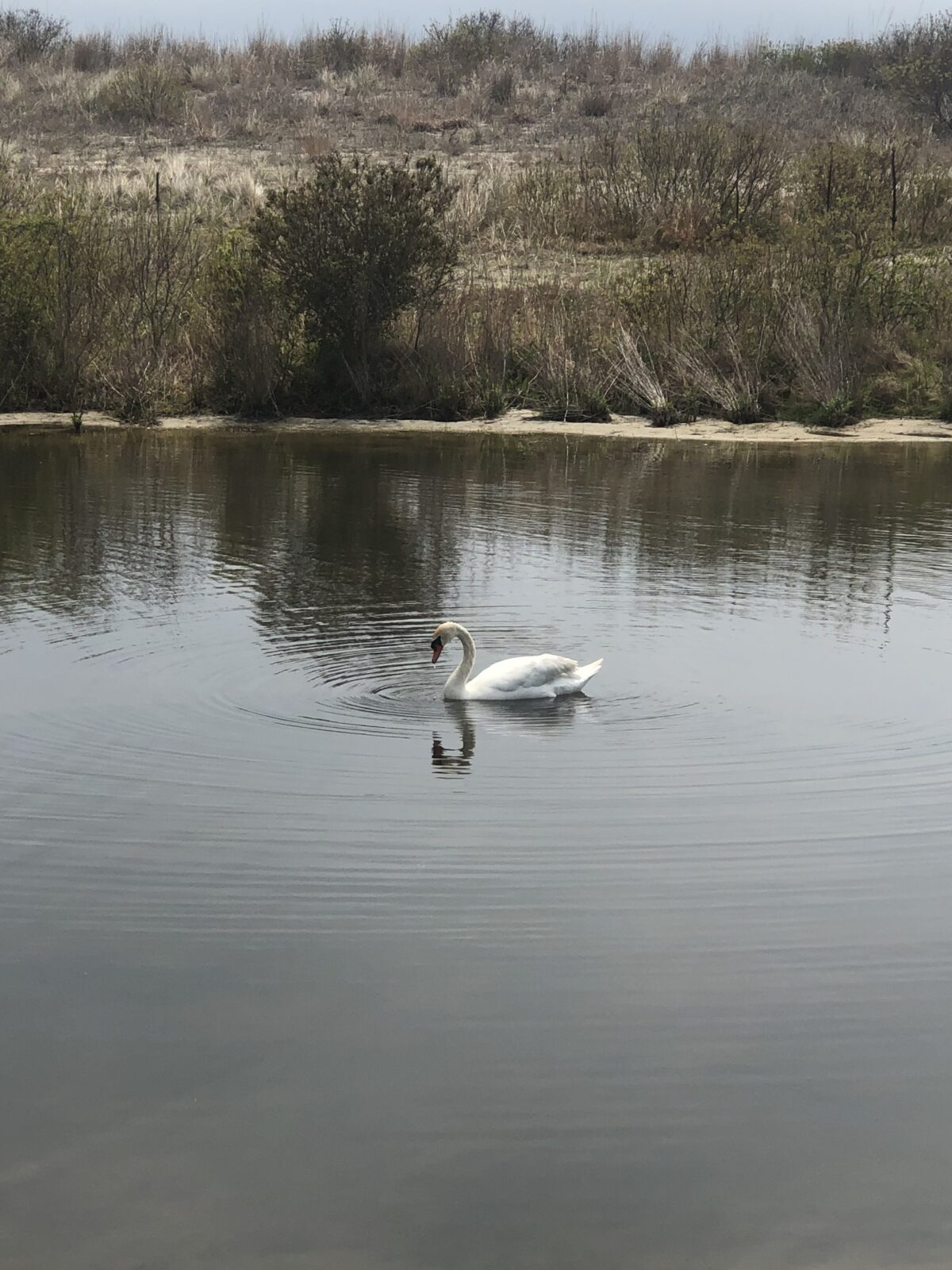
Do you like lighthouses? There has been a lighthouse at Cape May Point since 1823. Today’s lighthouse is still in operation and you can climb to the top to see how this automated station works. It’s only 199 steps.
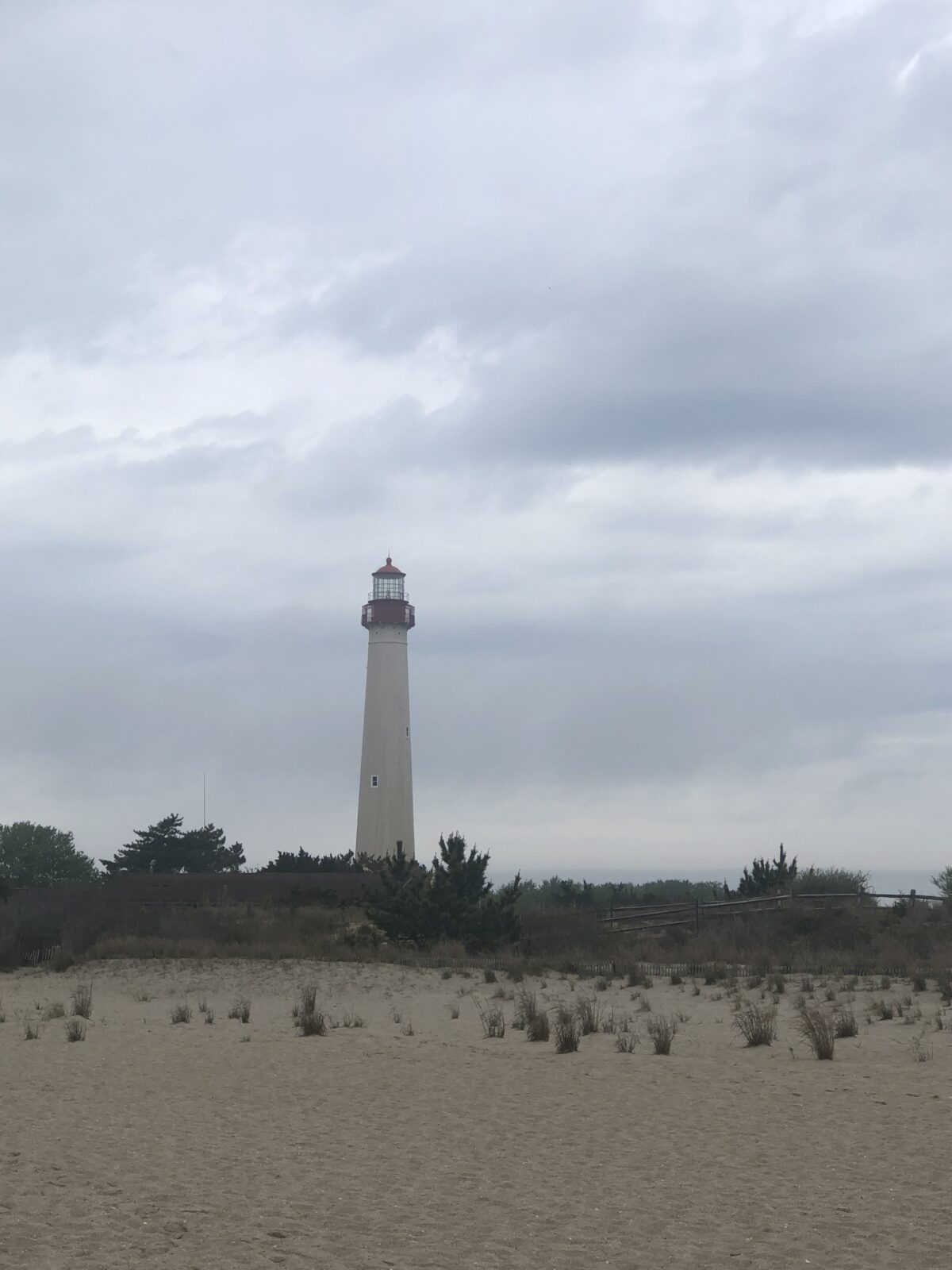
Are you trying to visit all the National Parks?
If your goal is to visit them, one or all, we’d love to help you strategize. Give us a call at (480) 609-3978 or drop us a note here. We always enjoy talking with people who share our passion for visiting National Parks, and National Park Units.
#FindYourPark
#SeeAmericaFirst
